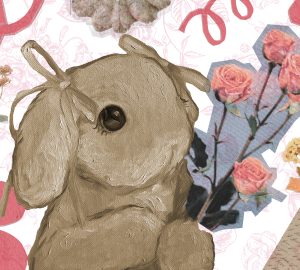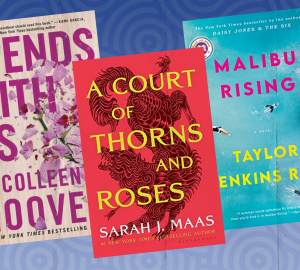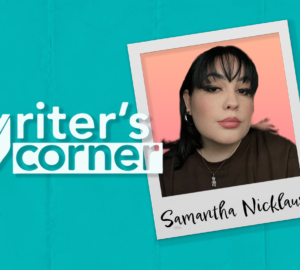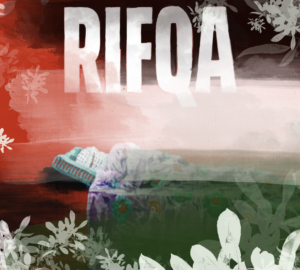Understanding the obsession with the author behind ‘milk and honey’
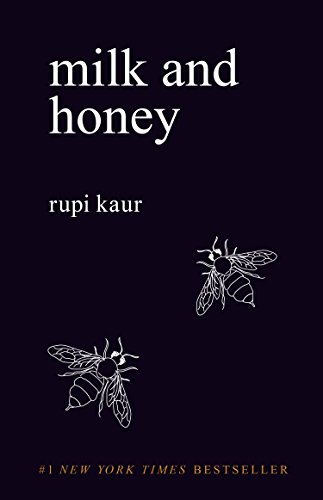
Rupi Kaur became a powerful voice with her poetry book, “milk and honey.” Before her debut as an author, Kaur was a popular influencer with a large following on social media sites like Instagram.
Her debut book was a New York Times bestseller, and remained on the list for more than a year after its release. Though her book was originally self-published in 2014 and later republished under Andrews McMeel Publishing company in 2015, it remains prevalent today.
The process of self-publishing portrays her determination to showcase her art and work. She has written about her issues with the publishing industry and how “milk and honey” was rejected because of its genre and subject matter. Following her self-publication, Andrews McMeel Publishing contacted her offering the opportunity to re-publish under their name.
If you haven’t read her book, you’ve probably seen its pages highlighted on social media. Following its publication, it soon became an Instagram trend to include a shot of her work on your profile. Her simple aesthetic includes italics, no capitalization and minimal punctuation, only using a period or hyphen at most.
In this statement, taken from her website, Kaur explains, “so in order to preserve these small details of my mother language I include them within this language. no case distinction and only periods. a world within a world. which is what i am as an immigrant. as a diasporic punjabi sikh woman. it is less about breaking the rules of english (although that’s pretty fun) but more about tying in my own history and heritage within my work.”
This style coincides with the minimalistic rules of poetry itself. It has also been popular on social media for the last couple of years to create an account dedicated to writing poetry and posting it in this aesthetic, sometimes accompanied by a simple line illustration.
Kaur included illustrations she drew to accompany the poetry in her book. The illustrations bring life to her words and themes. These simple line drawings bring a sense of consistency to her experimental writing style. Though I love to read, illustrations catch my attention faster than words. Looking through her book in the beginning, I skipped around, mostly reading a page because the illustration caught my attention.
After properly reading the book, it is deeply reflective on her life, experiences and growth. It’s split into four chapters, “the hurting,” “the loving,” “the breaking” and “the healing.” Each dedicated to a certain aspect of her reflections or change.
Kaur is an authentic and important voice to women, especially those in their teenage years or any transition period. She writes about serious themes of life, love, sex, femininity, oppression, growth and culture. Yet, she writes them in a way that includes self-reflection and acceptance, showcasing strength as she stands up for who she is.
As an optimistic person, her collection is refreshing. The poetry I’ve read in the past has always been gloomy and somewhat depressing, which is mainly why I strayed away from it. Following the theme of her work, she always finds a way to make her writing resonate but also give you hope.
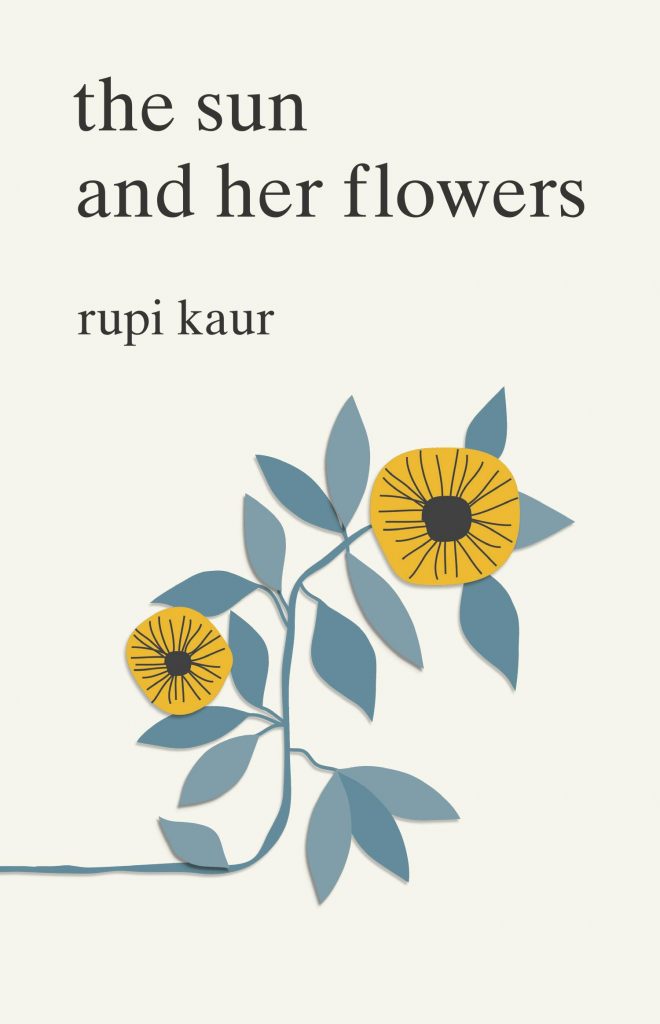
In her poetry, Kaur portrays the concepts of of self-love and feminism. The style of the book is highly crafted with its distinct punctuation, case distinction and illustrations. It speaks to a younger generation as it strips away the complications to leave behind raw emotion and art.
Though I knew of “milk and honey” because of my friends and social media, I never actually read it until much later. I was introduced to her writing with her second book, “the sun and her flowers,” when my friend gave it to me last year. Kaur’s second collection of poetry was released in October 2017. It expands on the previous themes of her first book. I enjoyed it more because it felt further refined and personal.
Both “milk and honey,” and “the sun and her flowers” are available in bookstores and online.





